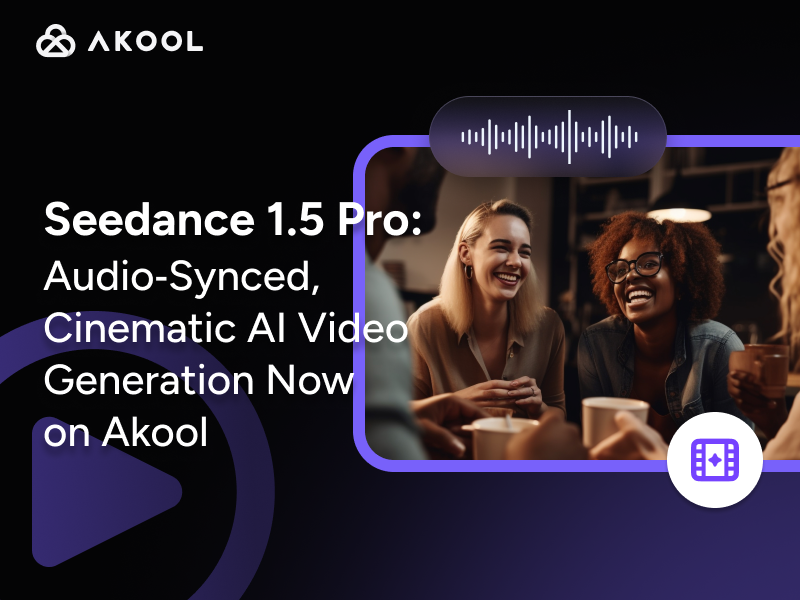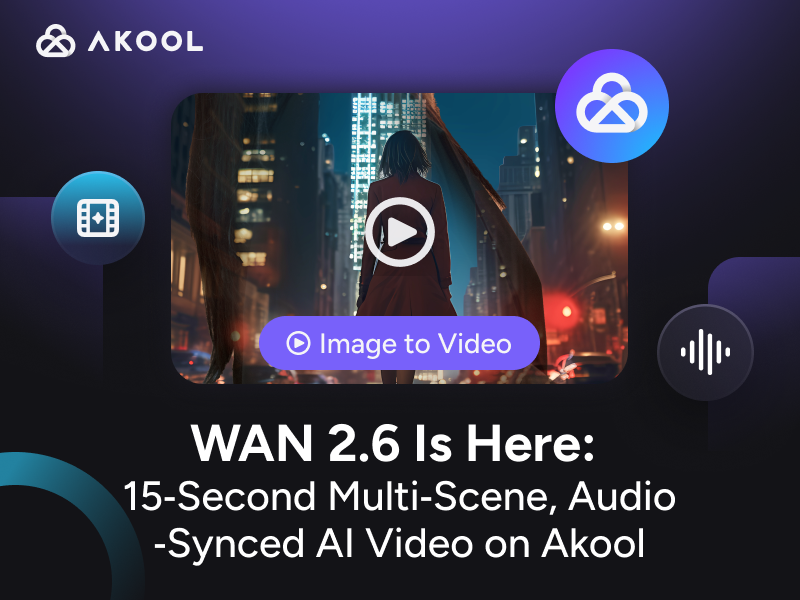Introduction to Deep Learning Translation
Deep learning translation leverages neural networks to convert text from one language to another with high accuracy. It uses models like Transformer, which are adept at capturing complex language patterns. These models process vast datasets to learn nuances, enabling context-aware translations. Formula-driven, it utilizes algorithms such as backpropagation to fine-tune the model's parameters, enhancing translation quality. Ideal for creators seeking nuanced, context-rich translations.
How to Use Deep Learning Translation
Harnessing the power of deep learning translation can significantly enhance your creative projects and communication strategies. Here's how you can effectively utilize this technology:
Understand the Basics
- Definition: Deep learning translation employs neural networks, specifically Transformer models, to convert text across languages with high accuracy and contextual relevance.
- Key Components: It involves complex algorithms like backpropagation and attention mechanisms to refine translations and maintain context.
Capabilities
- Real-Time Translation: Instantly translate conversations or content, facilitating seamless communication in multilingual contexts. For video translation applications, you can explore this resource.
- Cultural Adaptation: Tailor your creative content to different cultural contexts by ensuring that translations respect cultural nuances and idiomatic expressions, as explained in cultural adaptation in video translation.
Useful Formulas
- Loss Function: A mathematical formula used to measure the accuracy of translations during training. Adjustments based on this function improve translation quality.
- Attention Mechanism: A formula that helps the model focus on relevant parts of the input text, enhancing contextual understanding.
Steps to Implement
- Select a Platform: Choose a deep learning translation service or API that suits your needs. Options include AI Russian to English Translation or AI English to Japanese Translation.
- Integrate with Your Workflow: Use APIs to incorporate translation features into your applications, ensuring they fit seamlessly into your existing systems.
- Customize: Adjust settings to suit your specific language pairs and domain-specific jargon for more accurate translations.
- Test and Iterate: Regularly test translations for accuracy and context, refining the process using feedback to improve outcomes. Explore different types of video translation here.
Applications for Creators
- Content Creation: Use deep learning translation to adapt scripts, marketing campaigns, and digital content for global audiences. Consider using AI English to Chinese Translation for expanding into Asian markets.
- Interactive Experiences: Enhance user engagement by providing multilingual support in apps and platforms. Check out AI English to German Translation for European content.
By understanding and implementing these strategies, creators and agencies can leverage deep learning translation to expand their global reach and improve communication across languages.
Applications of Deep Learning Translation
Deep learning translation is revolutionizing multiple sectors with its advanced capabilities. Here are some key applications:
Real-time Multilingual Communication: Used in chat applications and customer service platforms to break language barriers instantly. Learn more about video translation processes here.
Content Localization: Creative agencies employ it to adapt marketing materials, ensuring cultural relevance across global markets.
E-commerce: Automatically translates product descriptions and reviews, enhancing user experience for international customers.
Media and Entertainment: Subtitles and dubbing for films and series are generated efficiently, broadening audience reach.
Healthcare: Translates medical documents and patient records, facilitating better understanding and care across languages.
These applications demonstrate how deep learning translation is integral to enhancing communication and operational efficiency in diverse industries.
Technical Insights into Deep Learning Translation
Neural Networks and Transformers
Deep learning translation utilizes neural networks, particularly Transformer models, to decode complex language structures. Transformers excel at identifying patterns by processing sequential data in parallel, making them highly effective for this task.
Data Processing and Training
These models are trained on extensive datasets containing multilingual text. This exposure allows them to internalize language nuances, such as idiomatic expressions and grammatical structures, which are critical for accurate translations.
Contextual Understanding
The system leverages attention mechanisms to focus on relevant parts of the input text, ensuring that translations maintain context. This context-awareness is essential for conveying the intended meaning accurately in the target language.
Algorithmic Refinement
Backpropagation, a key algorithm, is used to adjust model parameters iteratively. By minimizing errors between predicted and actual translations, it enhances the model's precision over time.
Formulaic Approach
Formulas guide the training process, where loss functions measure translation accuracy. Continuous improvements are made by adjusting weights, optimizing the model's ability to produce coherent and context-rich translations.
This technical framework underpins deep learning translation's ability to deliver high-quality language conversions, catering to complex linguistic requirements.
Statistics on Deep Learning Translation
| Statistic | Details |
|---|---|
| Accuracy Improvement | A study by the University of Edinburgh in 2022 reported that neural machine translation (NMT) systems based on deep learning achieve a BLEU score improvement of approximately 7 points over phrase-based translation systems. |
| Market Adoption | According to a report by Statista in 2023, the global machine translation market size is projected to reach $983 million by 2027, growing at a CAGR of 19.6% from 2021 to 2027. |
| Statistic | Details |
|---|---|
| Language Coverage | As of 2023, Google Translate supports over 133 languages, with many translations powered by deep learning models. |
| Speed and Efficiency | Deep learning models can process translations in real-time, with latency often as low as 200 milliseconds per sentence. |
These statistics highlight the transformative potential of deep learning translation, providing creators, developers, and agencies with advanced tools to navigate the complexities of global communication effectively.
Deep Learning Translation FAQ
What is Deep Learning Translation?
Deep learning translation refers to the use of advanced neural networks to translate text from one language to another. This AI-driven process improves accuracy and fluency in language translation.
How does Deep Learning Translation improve accuracy?
Deep learning translation leverages neural networks that learn from vast datasets, enabling them to understand context, idioms, and nuances in language, resulting in more accurate translations.
What languages are supported by Deep Learning Translation AI?
Our deep learning translation AI supports a wide range of languages, including but not limited to English, Spanish, French, Chinese, German, and Japanese. The list is continually expanding as the AI learns new languages.
Is Deep Learning Translation suitable for professional use?
Yes, deep learning translation is highly suitable for professional use, offering high-quality translations that meet the demands of business, legal, and technical documents.
How does Deep Learning Translation handle idiomatic expressions?
Deep learning translation AI is trained on diverse datasets, allowing it to recognize and accurately translate idiomatic expressions by understanding their context within sentences.
Can Deep Learning Translation be integrated into existing applications?
Absolutely, our deep learning translation service offers API integration, making it easy to incorporate into existing applications, websites, and software platforms.
What is the difference between Deep Learning Translation and traditional machine translation?
Deep learning translation uses neural networks to process language data, offering more nuanced and context-aware translations compared to rule-based or statistical machine translation methods.
How secure is the data processed by Deep Learning Translation AI?
Data security is a top priority. Our deep learning translation service employs robust encryption and security protocols to protect all data processed through the platform.




